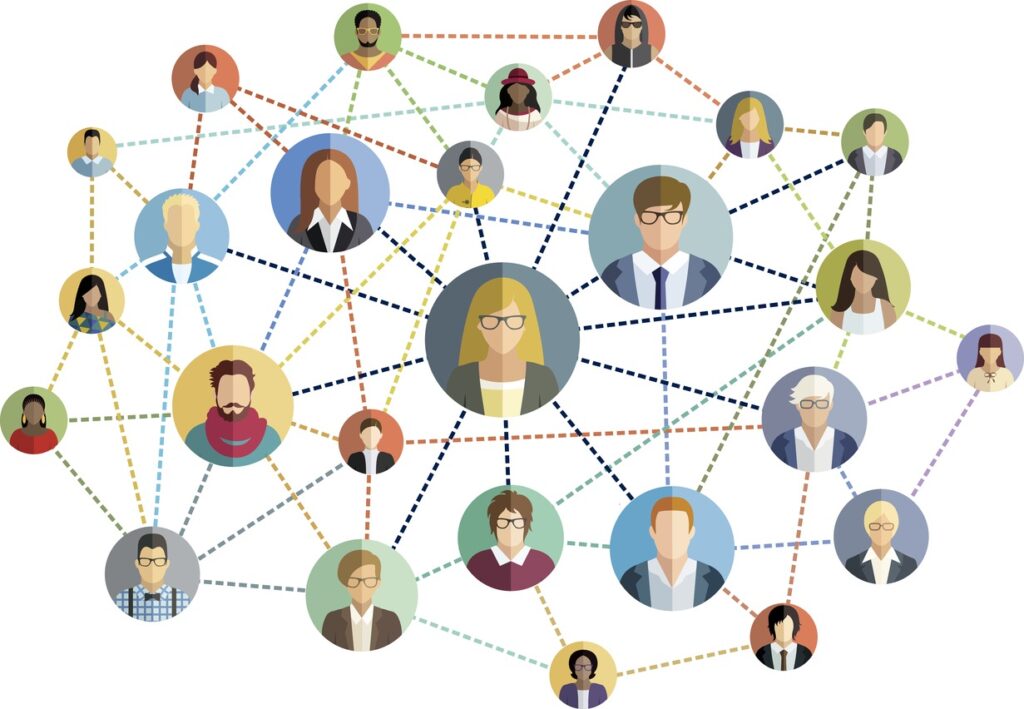The evidence for the importance of diversity in the workforce is abundant and often cited – and yet progress towards more inclusive and diverse workplaces remains stubbornly slow. All too often, gender, ethnicity and sexuality continue to count against opportunity for individuals who do not fit the middle aged, white, heterosexual male archetype.
We also still don’t have a common language to convey why this is a problem in value terms, and as such it’s difficult to demonstrate just why organisations must continue to build diversity into their workforces.
Investing in the measurement and reporting of diversity and inclusion measures is one way by which the HR profession can progress towards a fairer and more equal workplace that benefits all.
The modern UK workforce is hugely diverse.
The twentieth century saw participation in the workforce for women increase from around 29% of the UK total workforce in 1900, to 46% by 2000. In 2015 78% of men and 69% of women aged 16-64 were in employment.
Ethnic diversity in the UK workforce has also changed radically.
The number of foreign-born people of working age in the UK has doubled from 2.9 million in 1993, to just over 6 million in 2013, driven in part by the expansion of the European Union. As people live longer they also work longer and by 2020, a third of people aged 65 and are expected to be in employment.
‘One size fits all’ fits no-one
The result of this growing variation means that organisations must now manage and understand various different perspectives across their entire workforce.
One-size-fits-all HR systems which cater for the majority do not add value in diverse contexts, particularly when value to the organisation is contingent on the valuable knowledge, skills and experience of individuals.
Knowledge-based organisations in particular, which are driven by the value of diverse perspectives and thought, have considerable opportunity and risk tied to their human capital: their people.
In these organisations people analytics is slowly moving from a sophisticated experiment to becoming business-as-usual, but many functions still lag behind.
It’s clear why diversity is important when we consider that organisations are essentially complex human systems, driven by and subjected to the nuances of individual and group behaviours, knowledge, attitudes and values.
Introducing greater diversity of all of these characteristics in to the mix improves the changes of generating more innovative approaches to organisation challenges, and can often result in improved opportunities for organisations to successfully navigate the complex challenges they face.
Bringing diversity to data thinking
In organisations where analytics approaches are more formal and of high quality, this data forms a key part of the business decision making process.
The measures are used in various management systems, including processes such as balanced scorecards, in which key performance indicators feature as tracked measures to inform management decisions.
Whilst traditionally such measures have been concerned with concepts such as performance, productivity, attrition and investment/development, there is now a strong argument for data to be included which demonstrates key D&I concepts, and maps trends against this data.
It’s likely that it is these measures which will come under increased scrutiny and garner much attention, and as such warrant the unwavering attention of the HR function.
Turning data into action
There have been positive changes, in policy terms at least, towards creating a more equal playing field, but our research shows that many organisations are still to adequately capture the data they need to demonstrate compliance.
A good example of this is gender pay gap reporting.
It’s early days but gender pay gap reporting will change how organisations utilise the data they collect. Organisations of over 250 people are now required to report on the average difference between men and women’s aggregate hourly pay.
This, along with the gender bonus gap, proportion of men and women receiving a bonus, and the proportion of men and women working at each quartile of the organisations pay distribution all have to be reported to the government to demonstrate compliance, and be made available via the organisations website.
These types of data will, if used correctly, start to demonstrate where greater effort is needed. They won’t, however, fix the D&I challenge, and there are many organisations are still getting to grips with the data requirements.
The role for HR
If we’re going to make gains against this challenging backdrop we need to understand where we are today with people data, but unfortunately our HR Outlook research shows us that people analytics capability is not delivering value for the business.
There are a few steps HR functions should take to improve how they use data. Firstly capability is a big challenge. HR must either build or buy in the skills to manage and understand data. Secondly, business buy-in is preventing many analytics projects from even getting off the ground, as there is much scepticism about the value such investments can return.
Thirdly, technology continues to confuse even the smallest analytics projects, and so needs to be tackled through partnerships with other tech-heavy functions, and finally HR must align its analytics reporting with the key issues the business faces.
One of these is likely to be diversity and inclusion.
Measure what matters
One of the first steps an organisation can take toward better reporting of such data should be to ensure that the organisation is clear exactly which data is needed, and whether it is currently accessible via the HR system.
Auditing the D&I data against that which is required by law is a good approach to ensuring that the relevant data is being collected and reported correctly.
ACAS provide a useful guide on the type of data that should be collected. When data has been collected, some exploratory analysis can help to determine its quality and accuracy, and benchmarking can help to illustrate how diversity data compared across the board.
Once the data is being reported, it may be useful to address any challenges by convening experts inside and out of the business, including trade union representatives, who may be able to help address and D&I risk areas.
Creating a common language
Standardising the measures of D&I both within and across businesses will prove a big step towards ensuring that the way we communicate about D&I is effective and fully conveys the importance of the concept to businesses.
If organisations are able to move towards more transparent reporting of such data, it is far more likely we will better understand the steps needed to tackle D&I issues, and ensure equality becomes a central principle of business in the UK.
Ultimately if D&I data is robust, meaningful and easy to understand, it can be used as a powerful lever to effect considerable change, and evolve our organisations for the better.






